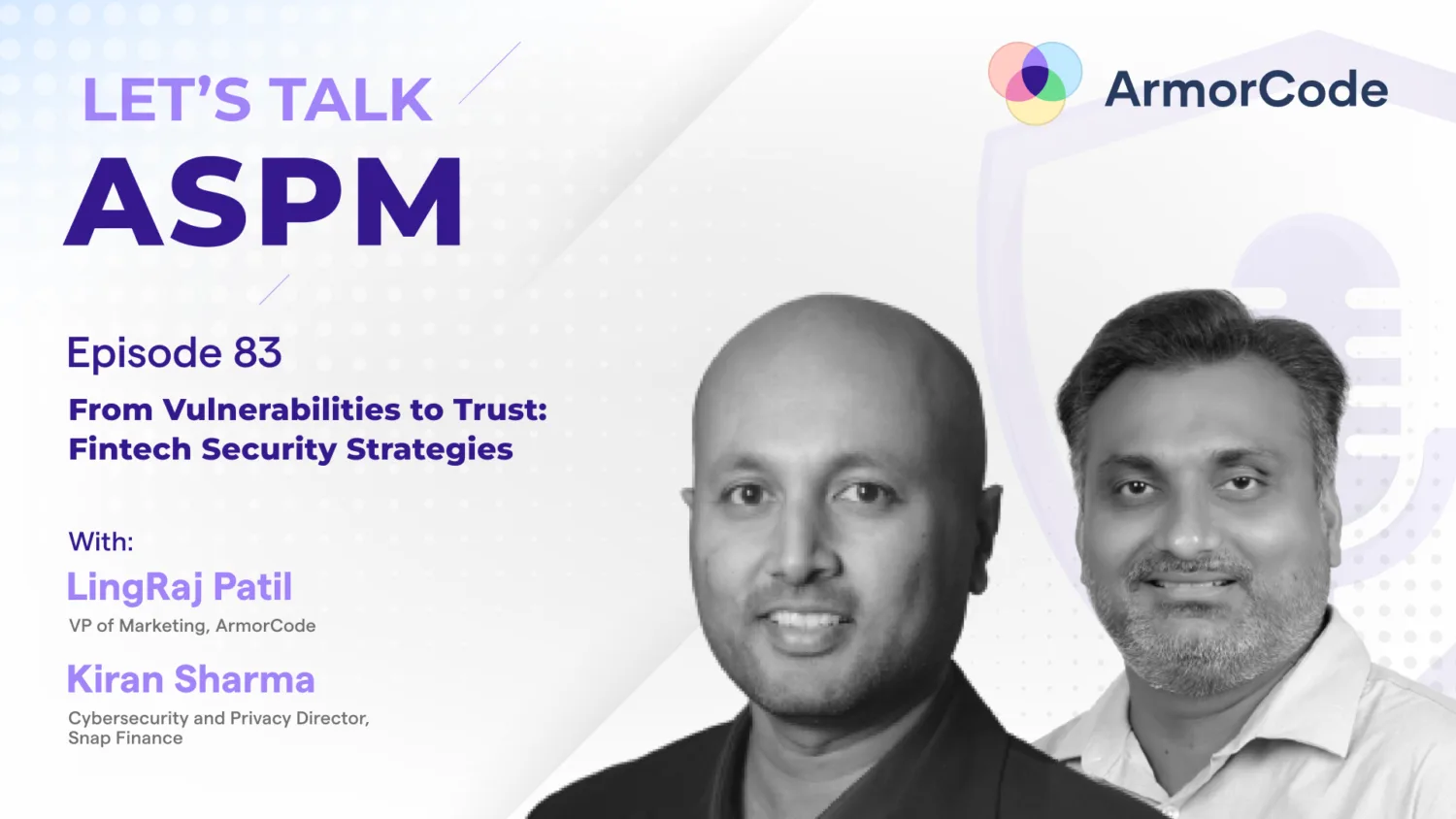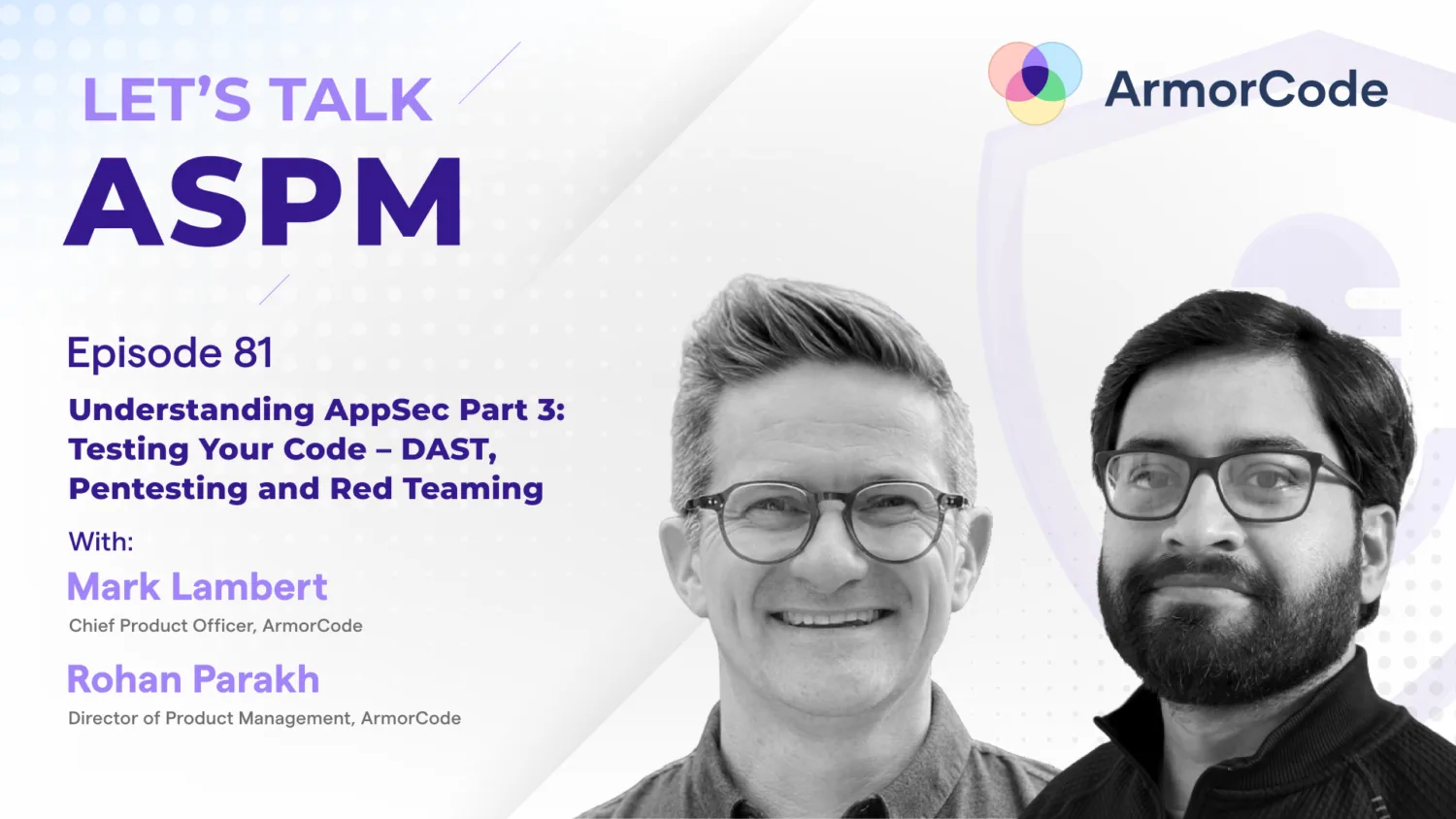Understanding AppSec Part 1: Securing Your Code – SCA and SAST

The first episode in our new Understanding AppSec mini-series, where we’ll explore the tools and strategies that define application security and are commonly plugged into ASPM platforms. This episode: Mark and Dana double-click on Static Analysis Security Testing (SAST) and Software Composition Analysis (SCA). While SAST helps identify weaknesses in code written by developers, SCA focuses on the vulnerabilities in third-party libraries. With both, the importance of contextual awareness to reduce noise from these findings can’t be overstated. Mark identifies the need for reachability analysis in SCA, which assesses whether vulnerable parts of a library are actually used in an application. This episode overviews left-shifting security practices, emphasizing how early threat modeling and code analysis can improve the overall security posture from development to deployment.



